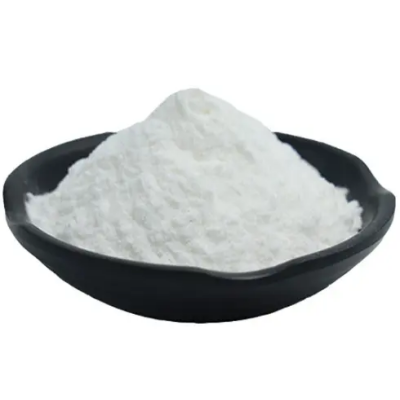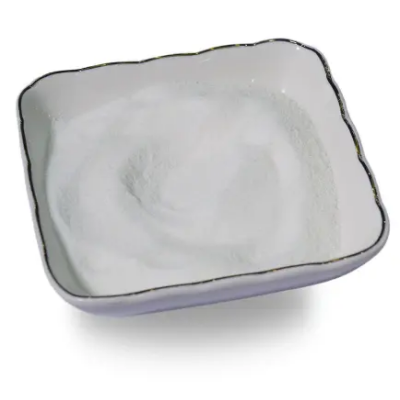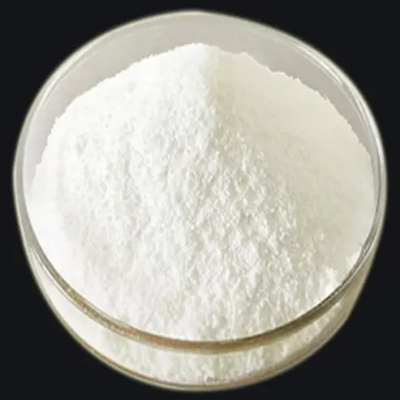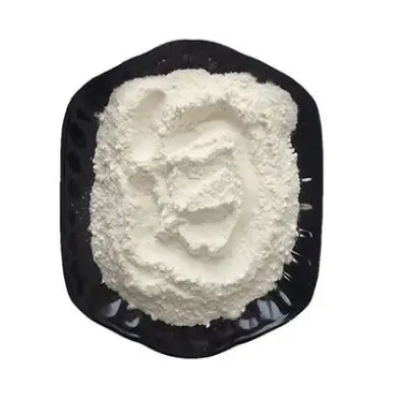2,6-Dichloronitrobenzene CAS:601-88-7
2,6-Dichloronitrobenzene (DCNB) is a significant compound in organic chemistry, characterized by the substitution of two chlorine atoms and one nitro group on a benzene ring. With the molecular formula C6H3Cl2NO2, this compound combines notable physical properties with considerable reactivity, making it a vital intermediate in various industrial applications. One of the primary uses of 2,6-dichloronitrobenzene is in the synthesis of pharmaceuticals and agrochemicals. The structure of DCNB allows for the introduction of diverse functionalities through electrophilic aromatic substitution reactions. The presence of both chlorine and nitro groups enhances its reactivity, facilitating subsequent modifications that lead to more complex compounds. This versatility is particularly useful in developing new drug candidates or agricultural products, where fine-tuning chemical properties can significantly affect biological activity. Additionally, 2,6-dichloronitrobenzene serves as a precursor for several important chemical processes, including the synthesis of dyes and pigments, which rely on its unique electronic and steric characteristics. The compound's ability to undergo nucleophilic substitution reactions allows it to act as a starting point for creating various substituted aromatic compounds. Despite its usefulness, the environmental and safety considerations surrounding 2,6-dichloronitrobenzene cannot be overlooked. Chlorinated nitrobenzenes are known to pose risks due to their potential toxicity and persistence in the environment. As such, regulatory measures and safety protocols must be observed when handling and disposing of this compound. In conclusion, 2,6-dichloronitrobenzene is an essential building block in organic synthesis, particularly in the fields of medicinal chemistry and agrochemical development. Its unique reactivity and functional group positioning make it a versatile compound, while ongoing research seeks to better understand its environmental impact and develop safer alternatives for its application. The continued exploration of 2,6-dichloronitrobenzene highlights its significance in advancing chemical sciences and industry practices.



| Composition | C6H3Cl2NO2 |
| Assay | 99% |
| Appearance | white powder |
| CAS No. | 601-88-7 |
| Packing | Small and bulk |
| Shelf Life | 2 years |
| Storage | Store in cool and dry area |
| Certification | ISO. |








![benzyl 5-hydroxy-hexahydrocyclopenta[c]pyrrole-2(1H)-carboxylate CAS:2300929-14-8](https://cdn.globalso.com/xindaobiotech/VYH6FUCIIBE_I7B6OOPY160.png)
